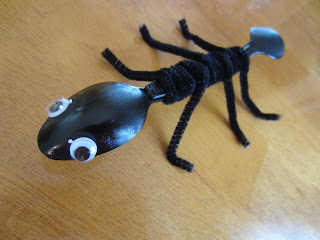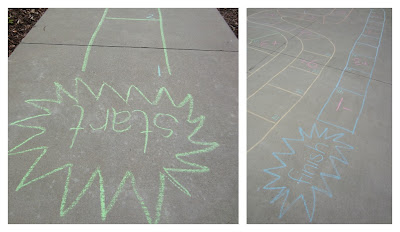Squids swim backwards?!?! Yep, they sure do. Of course, my son asked, “How do they see where
they’re going?”
“I don’t think they do,” I replied and told him it was probably
like when he swims on his back. This
was definitely something to ponder.
To begin learning about squid, we read a Step Into Reading Level 3
book by Shirley Raye Redmond.
It’s hard to say what impressed us most about her account of these mysterious creatures:
- That the giant squid’s eyes are as big as a human head.
- Or that if stretched out on a baseball field, one end of the giant mollusk would touch home plate and the other would extend all of the way to the pitcher’s mound.
WHOA, that's cool!
When we wrapped up the book, I rescued a pop-up water bottle lid
from the recycling and grabbed a balloon. We headed into the bathroom and filled the
tub with water. It was time to simulate how the squid swims.
(This is the second activity we’ve done from Cindy A. Littlefield’s book Awesome Ocean Science! Investigating the Secrets of the
Underwater World. It’s jam-packed
with great activities for ocean-interested kids.)
Following the instructions, we filled our balloon with water. Then, my son pinched the neck of the balloon closed tightly while I carefully pulled the mouth of the balloon up over the pop-up bottle lid (making sure it was in the closed position before).
Now we put our little
squid in the bathtub and pulled the pop top open. Hmmm. What was supposed to
happen is the force of the water coming out, would send the balloon shooting
backwards through the water, emulating how a squid swims.
Unfortunately, our
balloon moved very little, which I credit to the fact that we used a regular
party balloon instead of a water balloon, which would have enabled us to fill
it up a lot more.
So we improvised.
Instead of filling the
balloon with water, I filled it with air. I blew up the balloon, my son pinched
the neck tight and I added the closed water bottle lid. Then, we put the
balloon in the bathtub. While it didn’t sink beneath the water, the way a true
squid swims, when my son popped up the lid, SWOOSH!! the balloon shot backwards
all over the tub like a rocket launcher.
Success!




















































